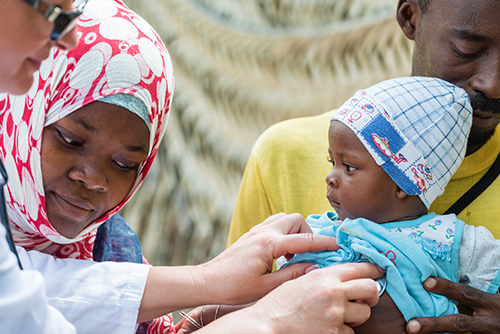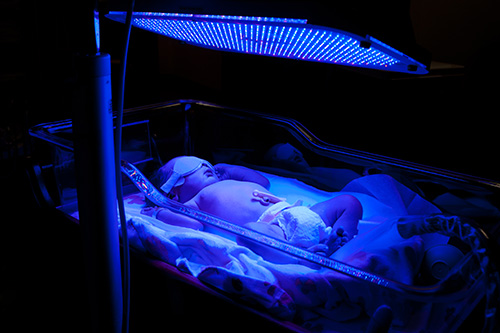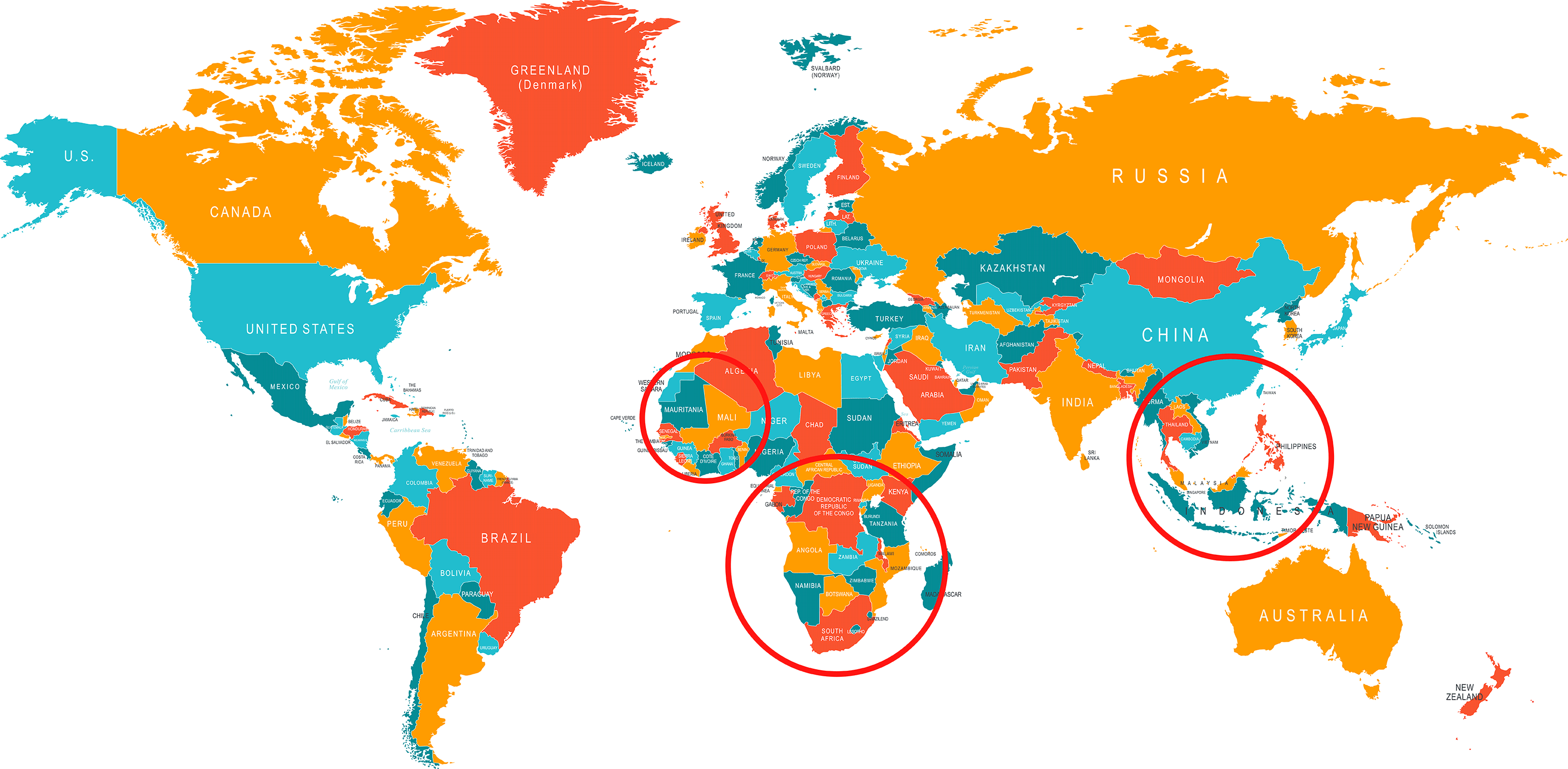ABOUT JAUNDICE

WHAT IS JAUNDICE?
Neonatal Jaundice is a condition in newborns caused by an excess of bilirubin, a neurotoxic byproduct of the breakdown of red blood cells, distinguished by a yellowing of the skin. It is extremely common, affecting around 60% of all newborns worldwide.
JAUNDICE FACTS
In the United States and other developed countries diagnostic and treatment equipment is ubiquitous, and doctors can detect and cure jaundice with blue light phototherapy before bilirubin concentration rises to dangerous levels. In underdeveloped communities, however, access to these devices is near impossible. Left untreated, jaundiced newborns can develop a condition called kernicterus (bilirubin encephalopathy) where bilirubin concentration levels become so high that it causes permanent brain damage or death.

JAUDICE STATS
120,000 infants per year die from kernicterus, and an additional 180,000 survive with permanent physical or mental disabilities causes by kernicterus worldwide.
Every day, an average of 2675 newborns contract neonatal jaundice in rural Ethiopia and approximately 176 of them will develop kernicterus.
Up to 64,000 cases of kernicterus per year occur in rural Ethiopia alone—that’s one new case every eight minutes.
If gone untreated for too long, this can lead to extremely high bilirubin levels causing complication such as brain damage, cerebral palsy, and deafness can occur.
Compare High Income Countries to Low Income Countries:
HIC’s – Incidence of Kernicterus: >1/100,000 live births
LMIC’s – Incidence of Kernicterus: 73/100,000 live births
JAUDICE STATS
Areas of high population density and no hospital within 15km = higher risk of kernicterus.
Over ¾ of all deaths due to kernicterus occur in Sub-Saharan Africa or South Asia.





